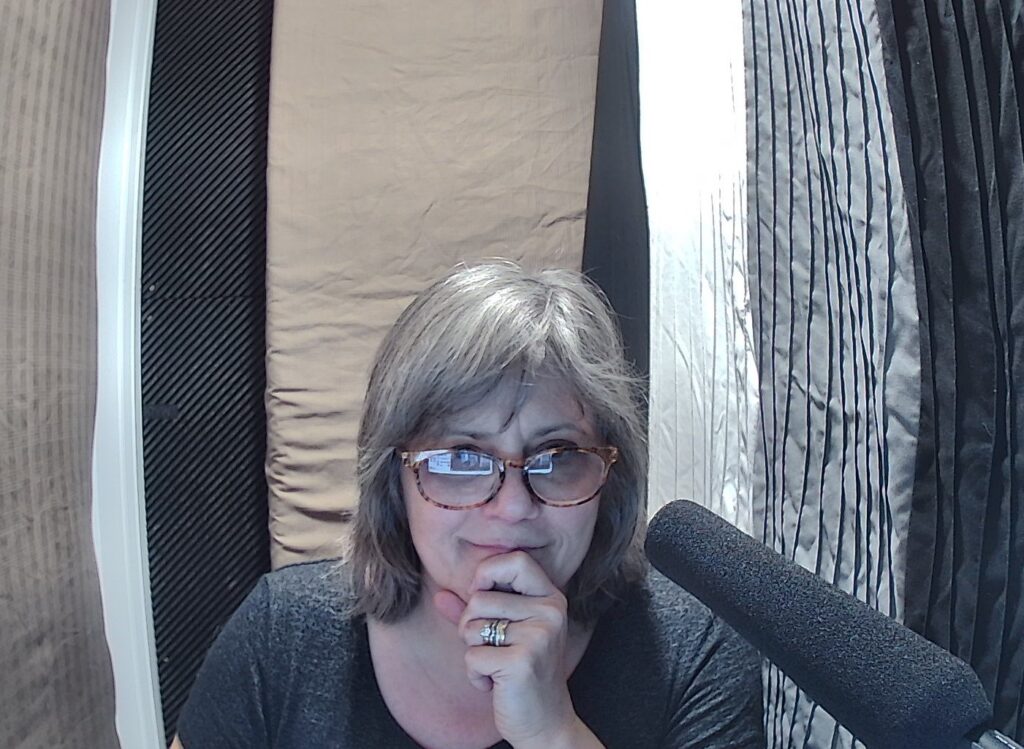In the voice-over business they’re called tones. But I’ve always thought of them as gears. Do you want a warm, soft read? I’ve got a gear for that!
LIke many creative pursuits, voice-over seems deceptively easy. You can read, right? So, why can’t you do a voice-over? Well, maybe you can. But all most people have heard is the finished, polished product. Not the back-and-forth messaging with clients or the edits or rereads because of errors or script changes.
It’s like pottery. An expert makes it look easy. Who didn’t want to get their hands in clay after Demi Moore leaned over the potter’s wheel with Patrick Swayze in the movie Ghost? But it takes practice to know just how hard to pinch the spinning clay to get the shape you want without breaking your masterpiece apart. Trust me, I took a class last year and it’s not as easy as it seems. It’s the same with voice-over.
The short video below by an expert VO artist demonstrates ten of the most common tones (or gears) that are called for in various projects. Keep in mind that every descriptor such as warm, smart, up, etc. can mean something different to each client. I had a client recently ask me for a “high energy”delivery. Well, that could mean anything from screaming like a fan who just saw Taylor Swift in person, to the way it ended up: positive and a bit upbeat.
Communication is key! And so is training. Even those of us from radio (especially those of us from radio?) need good training to discover our gears and increase our value to the industry. The “radio” sound is the last thing most project managers are looking for.
This woman is at the top of the game. It’s no wonder she’s gone viral in our community! I’ve done all of the tones she demonstrates BUT I would never, ever do text-to-speech unless I was being paid retirement-level money!
@tawnyplatis 10 common reads you’ll hear in voiceover! #voiceactor #funny
♬ original sound – Tawny Platis


Oh, that training video voice! I am instantly drawn back into my days of endless WHMIS sessions while working for the school board. Not a fond memory😆
WHMIS! I’ve done my fair share of those program narrations! 😊 And had to take it when I taught at colleges. Thanks, Debbie.